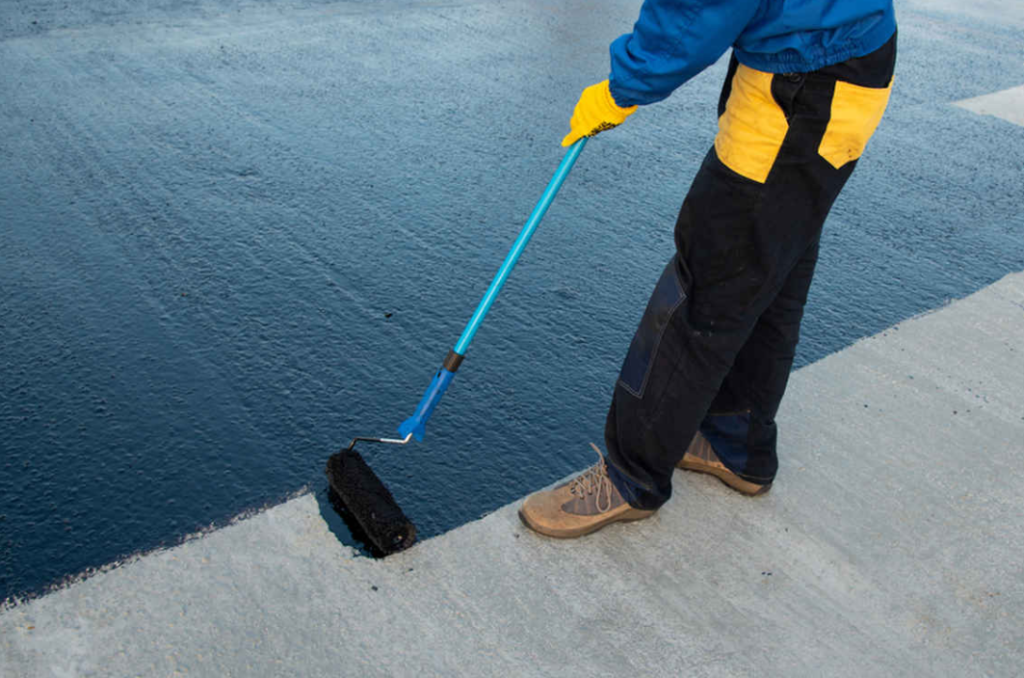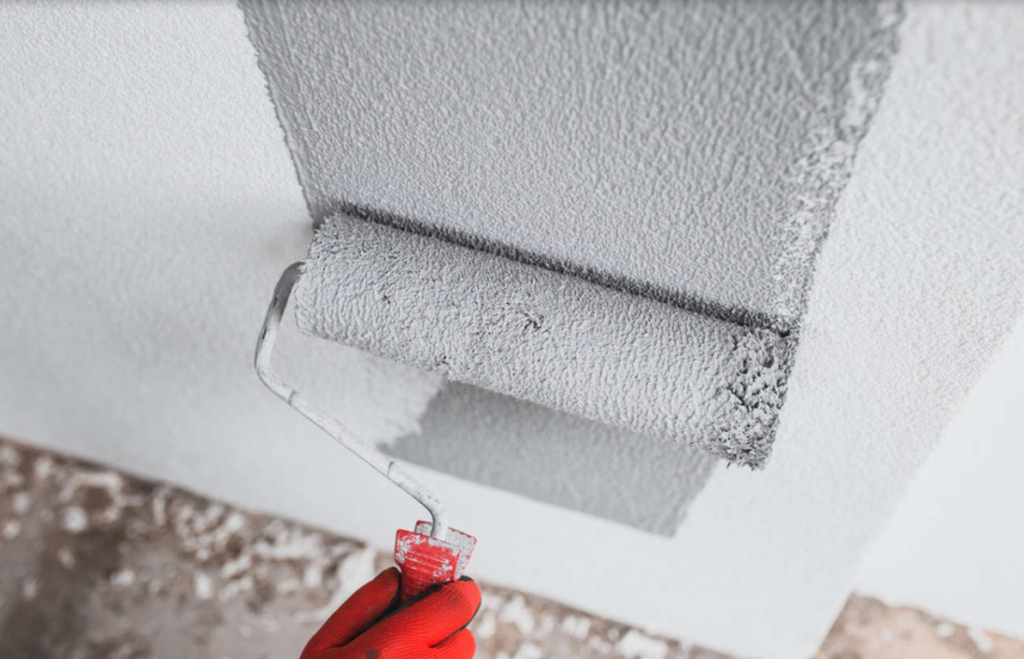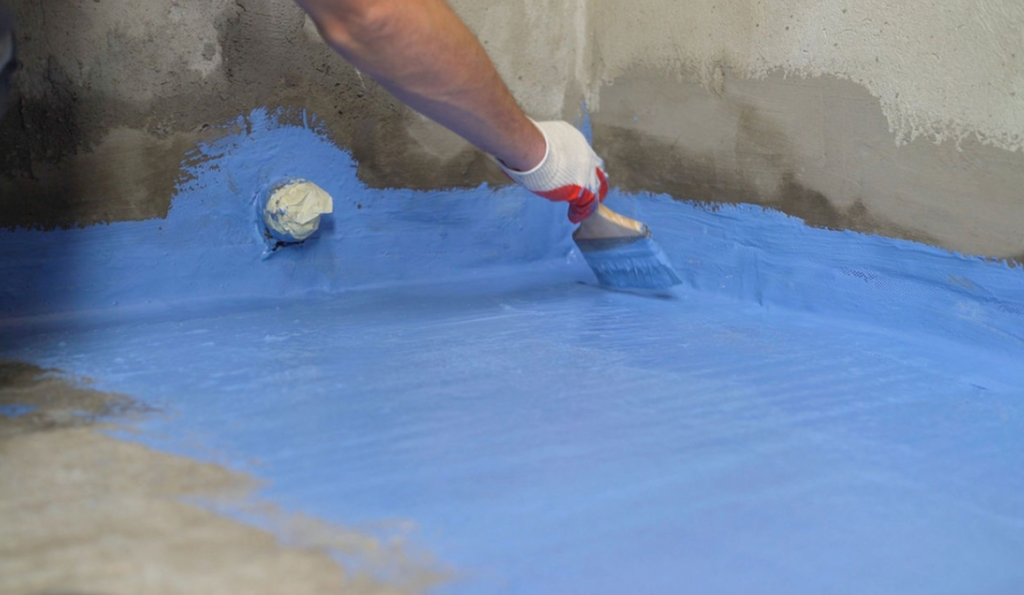Cement-based penetrating crystalline waterproof coating
The cement-based permeable crystalline waterproof coating is a powdery material prepared from ordinary Portland cement, fine sand, and various active chemical substances. Osmotic crystallization is carried out through the crystallization water of the hydration reaction and capillary action. These active substances play a catalytic activation role, promoting the rapid formation of crystallization on the surface and gradually penetrating the interior through the capillary pores of the surface layer. The free ions in concrete and mortar react with each other to form crystalline objects insoluble in water. It enhances the interfacial bonding force among aggregates, improves the internal microstructure of mortar and concrete, improves the compactness and impermeability of concrete, and essentially solves the cracking and penetrating problems caused by the unstable volume of ordinary concrete and mortar structures.

(1) Advantages and characteristics
1) Osmotic crystallization, permanent waterproof;
2) The waterproof function of the facing water and the backwater is the same;
3) It has a secondary anti-seepage function and can still maintain good water resistance and chemical corrosion resistance even if the surface is damaged;
4) It can increase the compressive strength of mortar;
5) It has a micro-expansion function to prevent micro-cracks due to volume shrinkage;
6) When backfilling, no special protection is required;
7) The construction is quick, and there is no special requirement for the base surface;
8) Good chemical erosion resistance, such as resistance to seawater, groundwater, chloride, sulfate, and carbonic acid, non-toxic and tasteless, in line with environmental protection requirements.
(2) Scope of application
The cement-based permeable crystalline waterproof coating is suitable for tunnels and foundation projects, water towers, pools, kitchens and bathrooms, basements, interior and exterior walls, aquariums, sewage, water storage projects, swimming pools, dams, and bridges.
Color pointing and caulking system
High-quality cement, fine aggregates, fillers, dry polymer powder and various additives, and aging-resistant iron oxide pigments usually compound the jointing agent for exterior wall tiles. It has no cracking, considerable plasticity, and good adhesion. In addition, it has the characteristics of impermeability, waterproof, and good temperature resistance. Therefore, using a special grouting agent for exterior wall tiles is the best way to prevent external wall leakage, avoiding many complaints and high additional costs for maintenance.

(1) Product characteristics
1) Enhance the bonding force between tiles;
2) Strong tensile performance, remarkable plasticity, no cracking, no falling off;
3) Waterproof, impermeable, non-discoloration;
4) The powder is easy to use in bags and can be used by adding water and stirring on the site;
5) There are a variety of colors to choose from, which will not fade for a long time;
6) Environmentally friendly and non-toxic.
(2) Scope of application
The exterior wall tile grouting agent is suitable for the tile grouting of various commercial residences, industrial buildings, restaurants, hospitals, and other exterior walls.
Interior wall tile grout

The tile grout for the interior wall is mainly used in kitchens and bathrooms. In addition to certain toughness, no cracking, and good bonding strength, its unique formula also requires excellent corrosion resistance against mold, algae, and microorganisms. Especially in the bathroom, which is humid for a long time, it is easy to cause mildew, so there are higher requirements. At the same time, the tile grout should also have good anti-seepage and waterproof properties, especially in modern houses; the primary and second bedrooms also have bathrooms. Moisture, water, vapor, and shower water can slowly penetrate along the cracks between the tiles. If the wall is in a water-soaked environment for a long time, it will cause mildew on the bedroom wall. It should be noted that the traditional method of using white cement pointing alone does not have the characteristics of a special pointing agent.



